69°39'04"N - 18°57'41"E - Tromsø - June 1, 2024: Preparations and departure to Svalbard
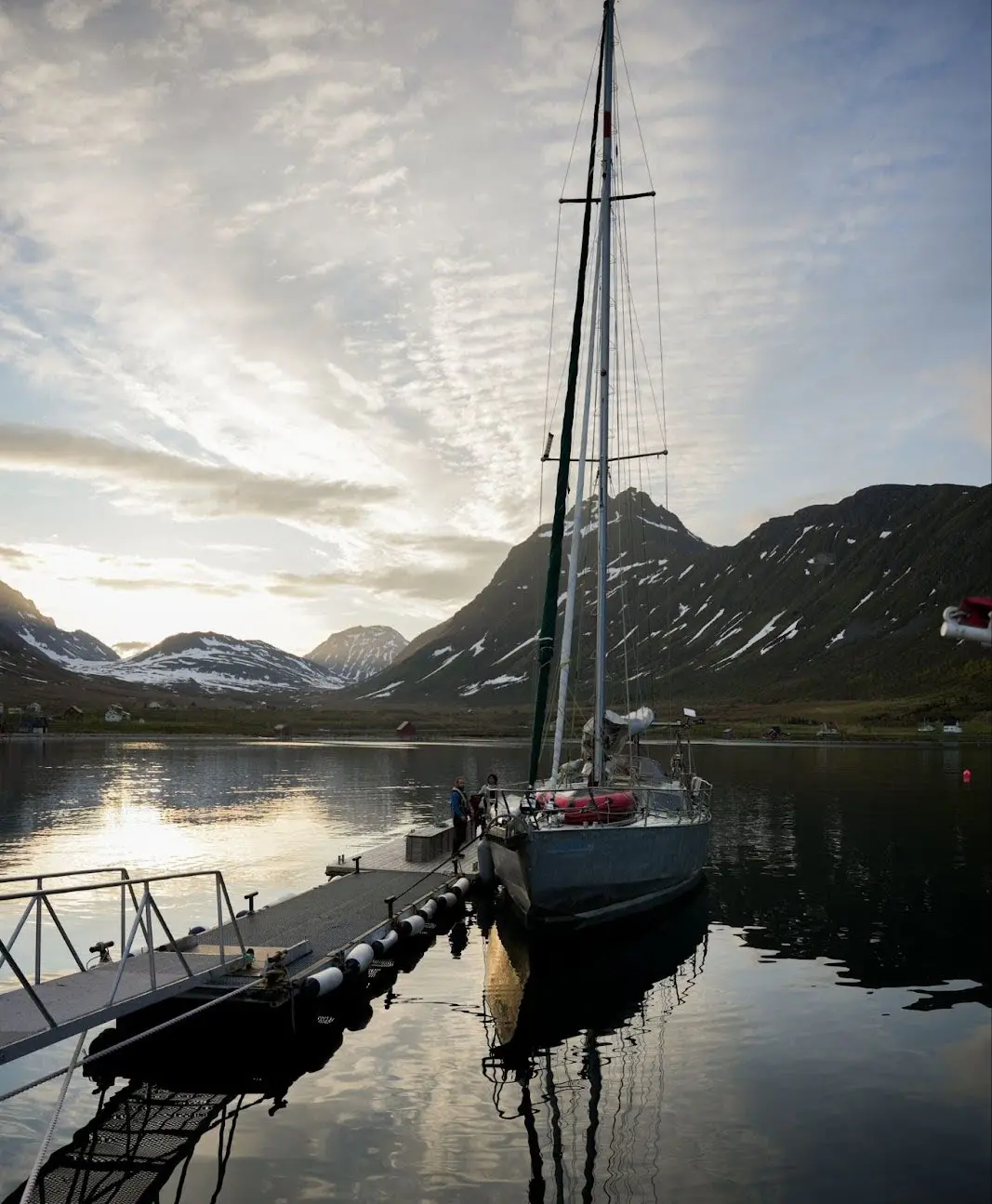
The crew of the NorthAbout sailing vessel is complete! We are finalizing preparations for our crossing from Tromsø to the Svalbard archipelago.
We are bracing ourselves for a bumpy ride through a stretch known as "the Devil's Dance Floor," caused by the cross-swell from the rising seafloor.
The Arctic Prism expedition will take us on a two-month journey, filled with a busy schedule of six scientific protocols, educational livestreams, filming a documentary and all the daily navigation tasks.
Photo credit: Maud De Hemptinne.
76°27.503'N – 15°36.536'E - Off the Hornsund Bay – June 8, 2024: The First Icy Sampling
The impressive sight of a sea of ice confirms we have arrived at our destination.
We are at the first of 30 stations for a zooplankton sampling protocol for LIENSs. We will collect organisms larger than 150µm from 50 meters depth to the surface of the water column to study the existing species, their nutritional quality, and mercury levels. The stations are based on the feeding zones of Little Auks (Alle Alle), the depth was chosen according to their diving ability. As climate change induced warming of some of the Arctic water masses, their favorite Arctic copepods (Calanus Glacialis) are gradually being replaced by their Atlantic cousins (Calanus Finmarchicus), which are smaller and less nutritious.
We didn't wait until this station to start using the PlanktoScope! Since the Norwegian fjords, we used a High-Speed Net (usable at speeds up to 10 knots) to collect samples. After filtration, we were able to study species ranging from 50 to 200 or 500µm! The images are already fascinating.
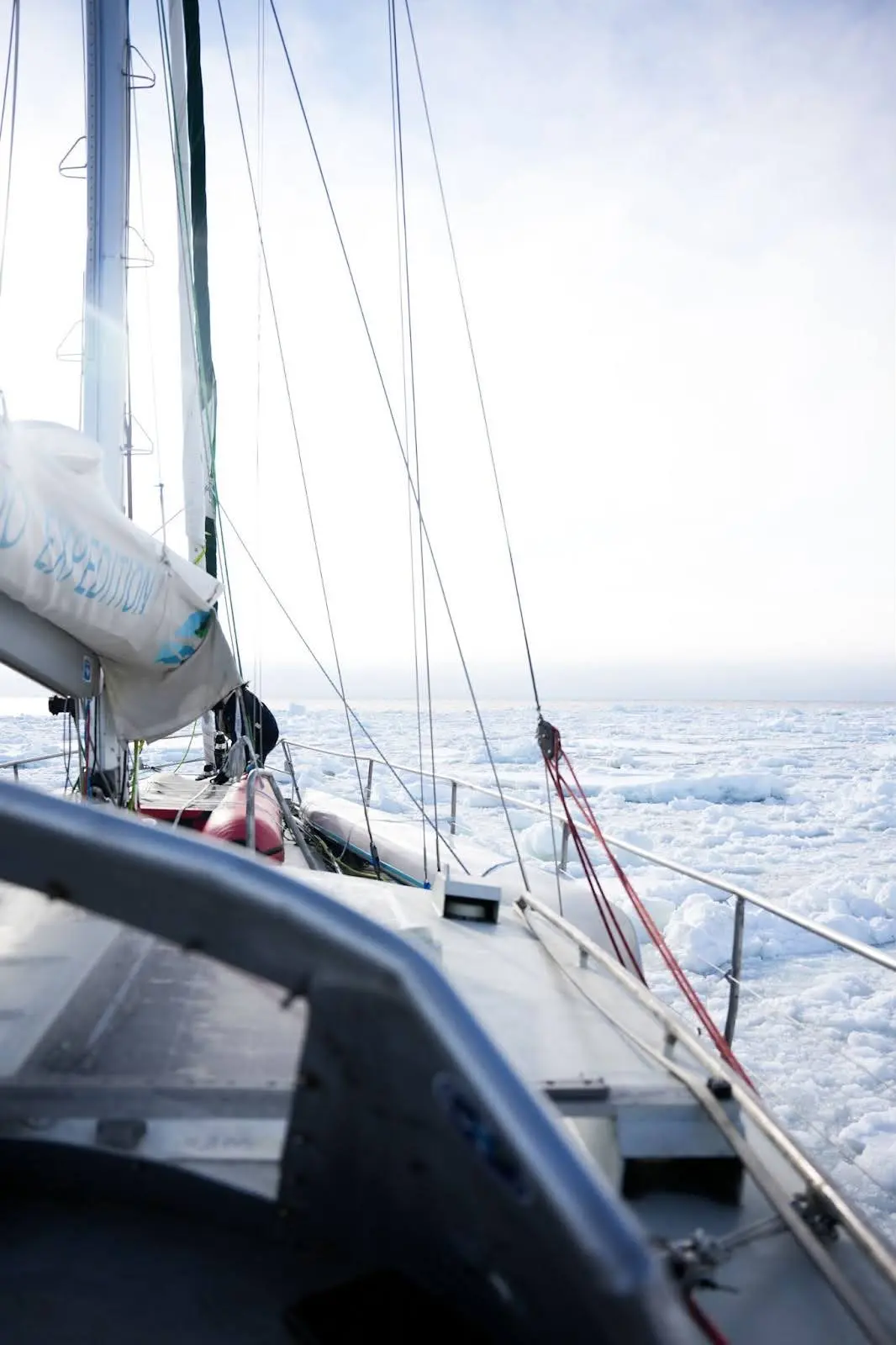
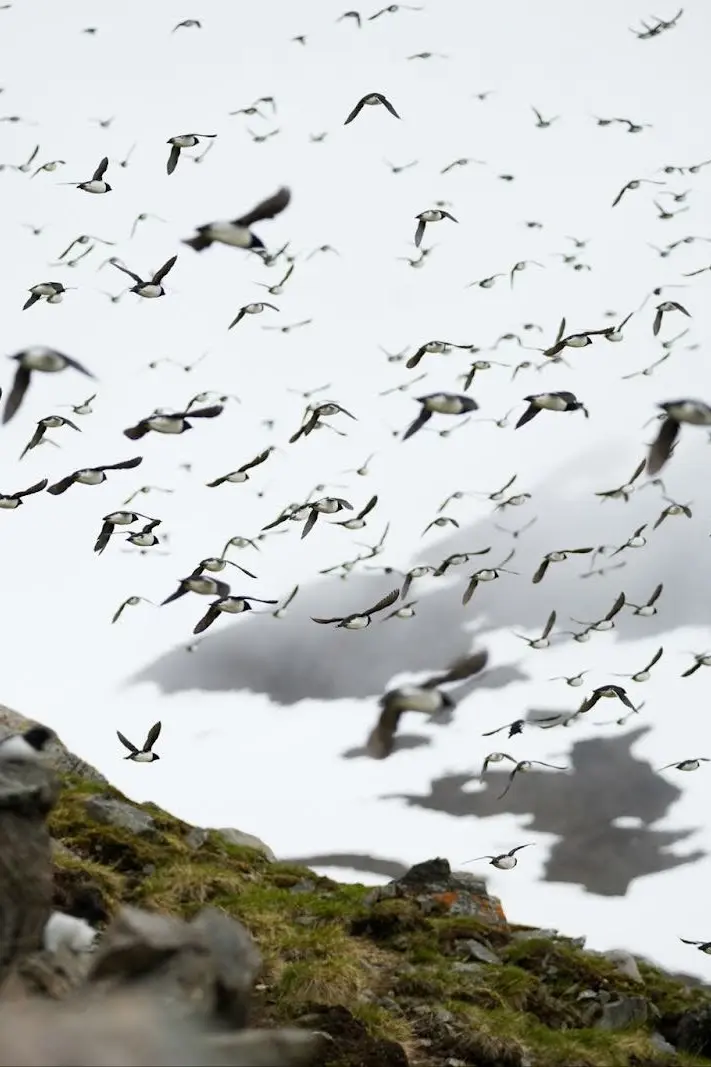
Photo credit: Maud De Hemptinne.
79°0.677'N – 12°6.587'E – At the end of Kongsfjorden – June 24, 2024: Diving into Glacial Depths
The water at the foot of the Kronebreen and Kongsvegen glaciers is murky, filled with meltwater sediments. We are surrounded by icebergs, some of which broke off from the glaciers right before our eyes, accompanied by that characteristic thunderous sound and impact wave. What a perfect place for a sample, right? We are eager to find out what's lurking beneath the water between these ice masses and jagged mountains.
The water, at 7.3°C, is quite warm, and a thick fog is settling in. While the net drags behind the boat, curious bearded seals pay us a visit, and a walrus swims in the distance.
After a few weeks, we’ve developed routines that make using the PlanktoScope easier in the tight, wet, and constantly moving conditions on board.
- For example, on a 15-meter sailboat exposed to the elements, it's important to secure the PlanktoScope in a stable place so it doesn't fly across the cabin.
- Additionally, taking time to prepare the machine before sampling is crucial for getting the best possible images:
- Ensuring the availability and cleanliness of sampling equipment
- Cleaning the flow cell
- Setting the first focus
- At the end of the acquisition, it’s advisable to carefully follow the cleaning procedures and maintain organized habits to be as efficient as possible for the next station:
- Rinsing the system and sampling elements
- Keeping the flow cell filled with water
- Storing all elements in their proper place
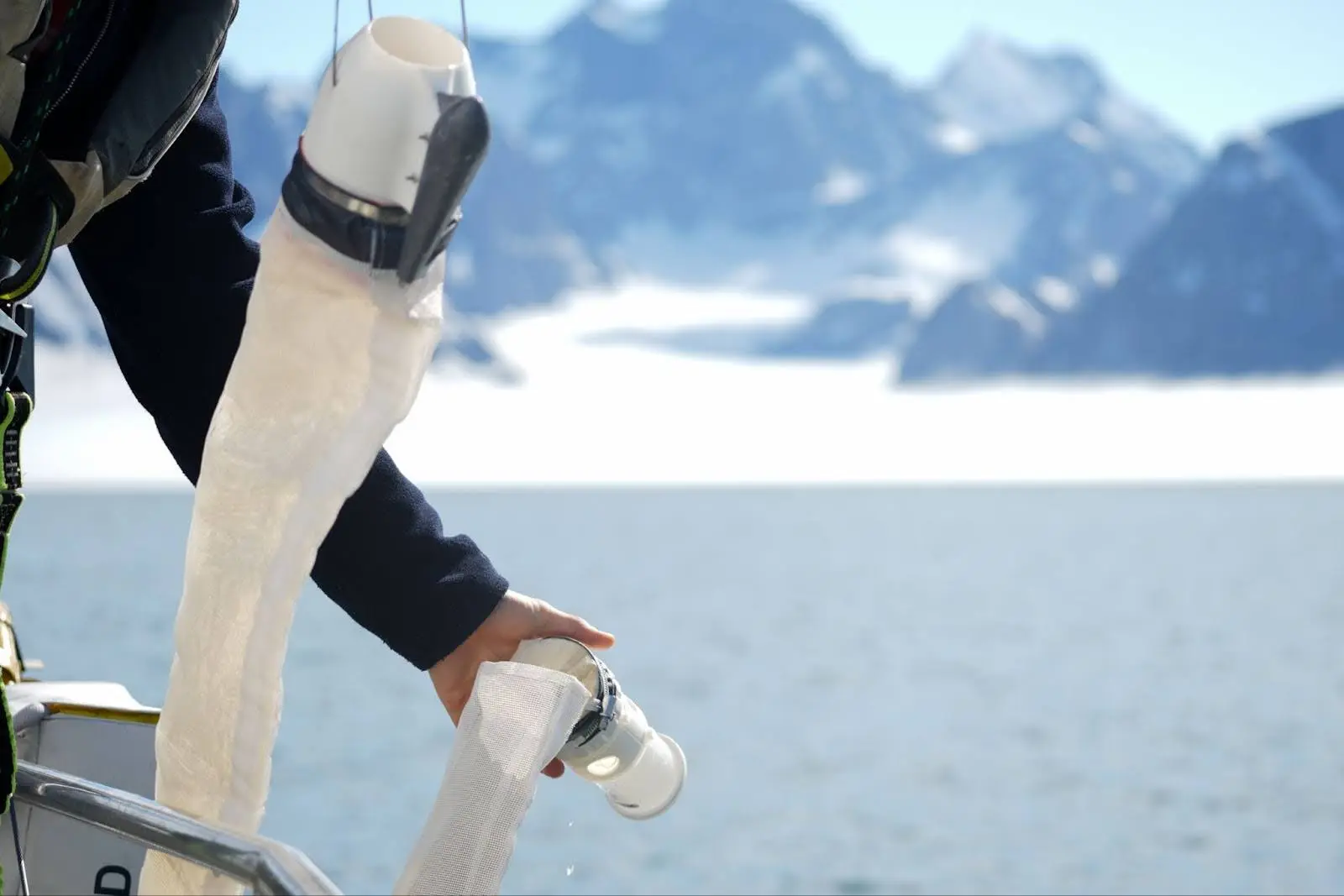
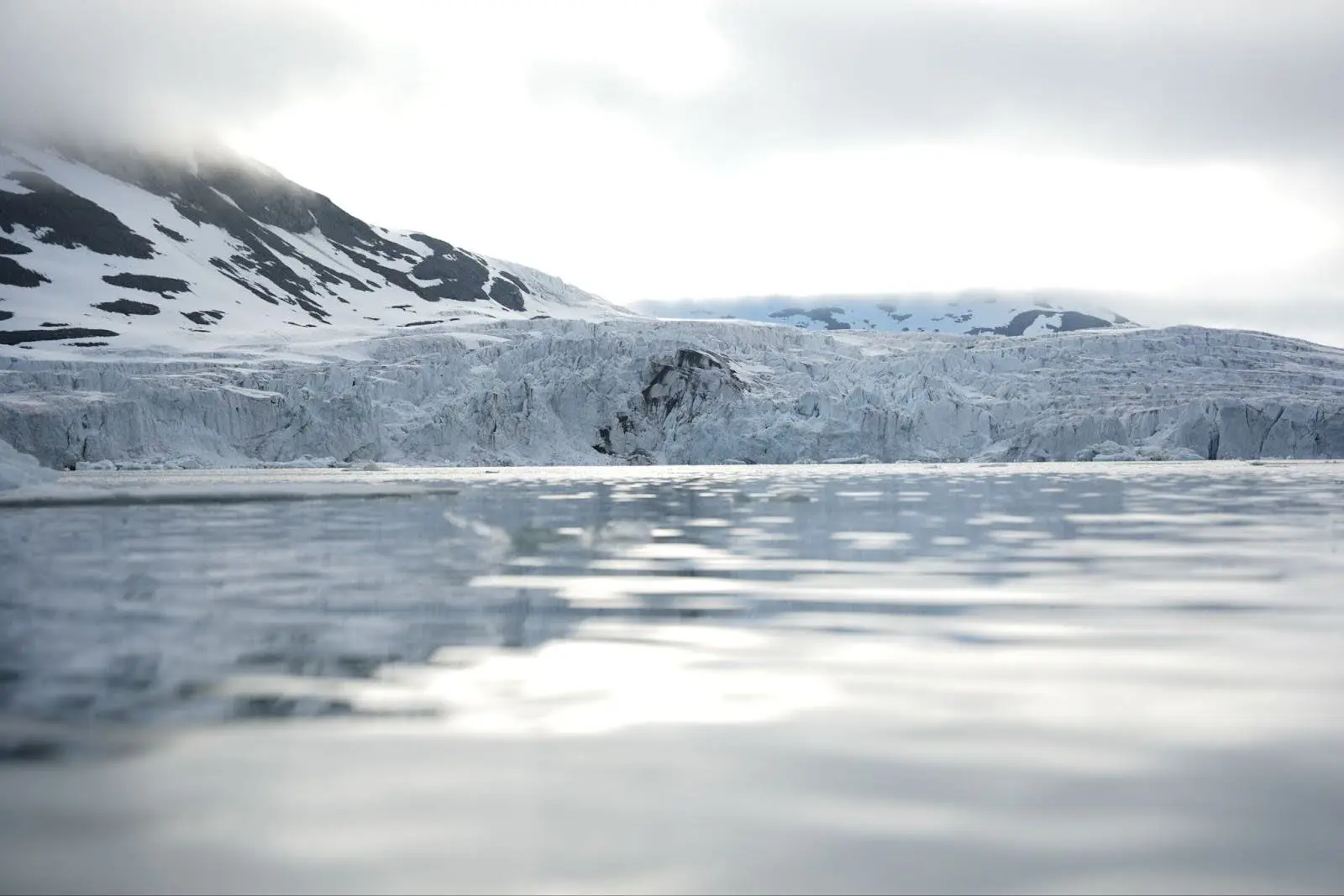
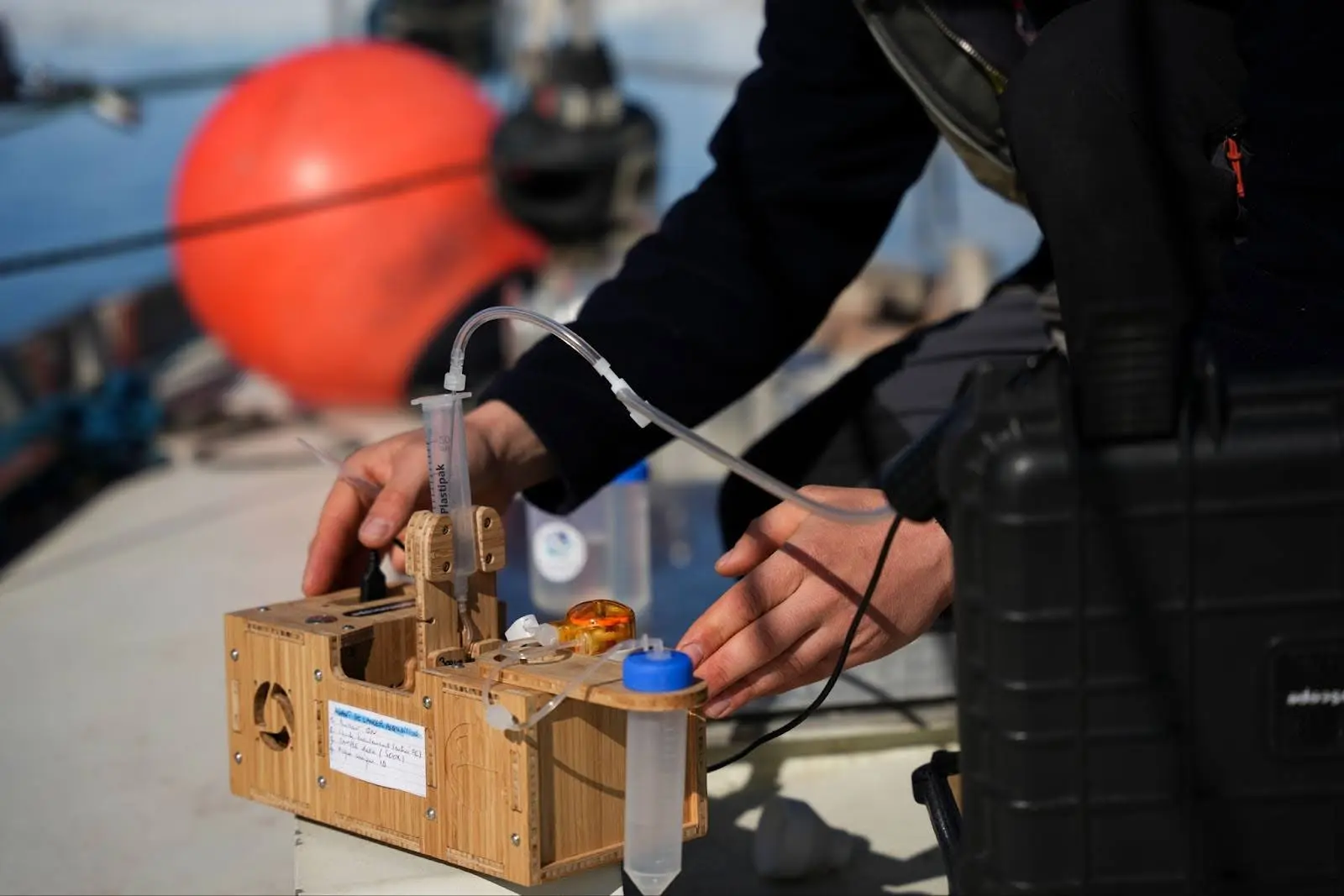
Photo credit: Maud De Hemptinne.
78°13.223'N – 14°52.210'E – Isfjord – July 7, 2024: Encounters with Polar Giants & Scientific Collaboration
After observing several minke whales and puffins, we were lucky enough to encounter a polar bear family from the boat (luckily from a distance): a mother on alert and her two clumsy cubs walking on the ice. The encounter reminded us of their power and just how small and far from home we are in these regions where nature remains in control.
It's time for the 20th sampling. In addition to assisting FairScope with R&D reflections and creating an image bank, we are contributing to the Plankton Planet program, which aims to provide a global understanding of biodiversity and the evolution of the oceanic microbiome through the cooperation of researchers and sailors.
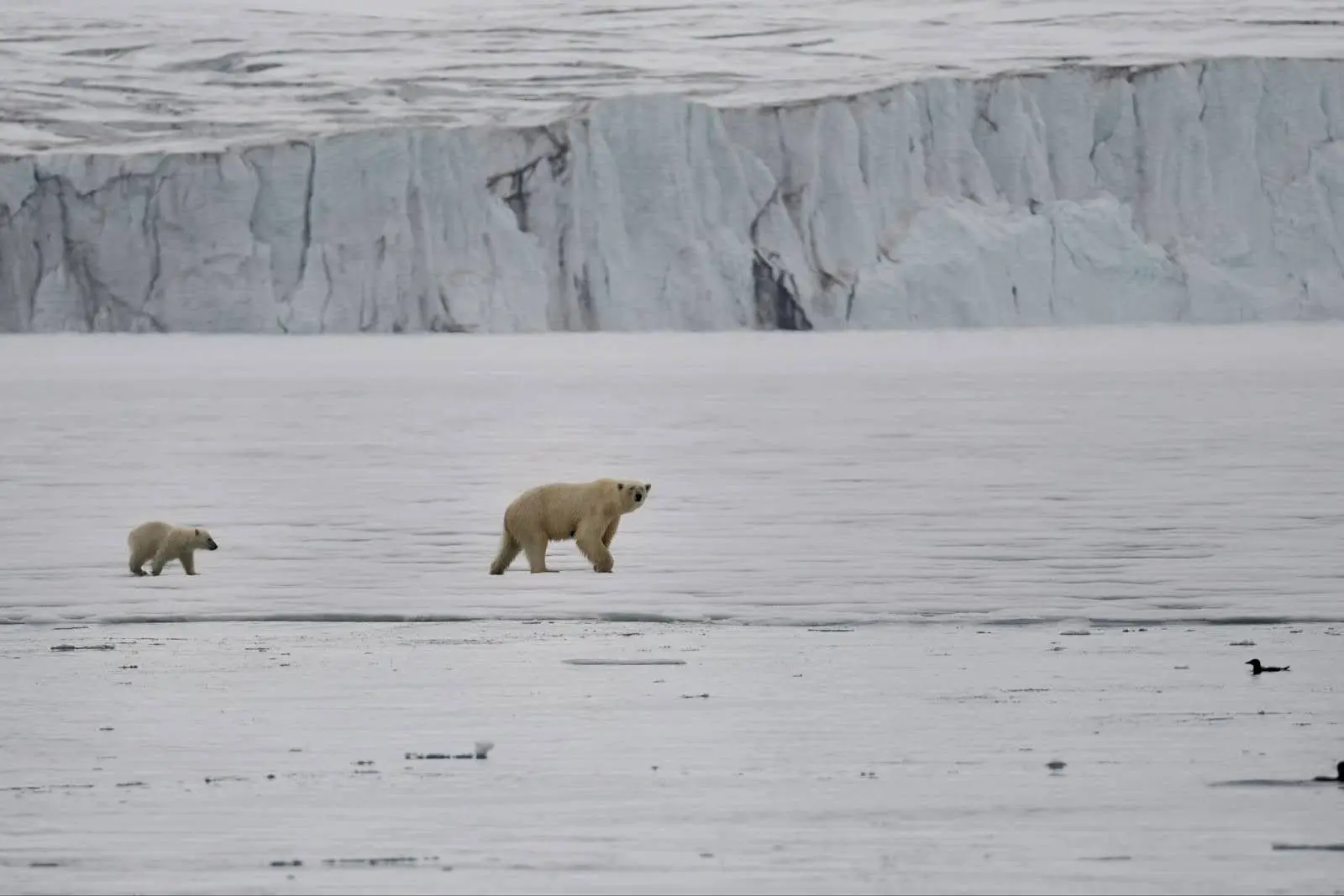
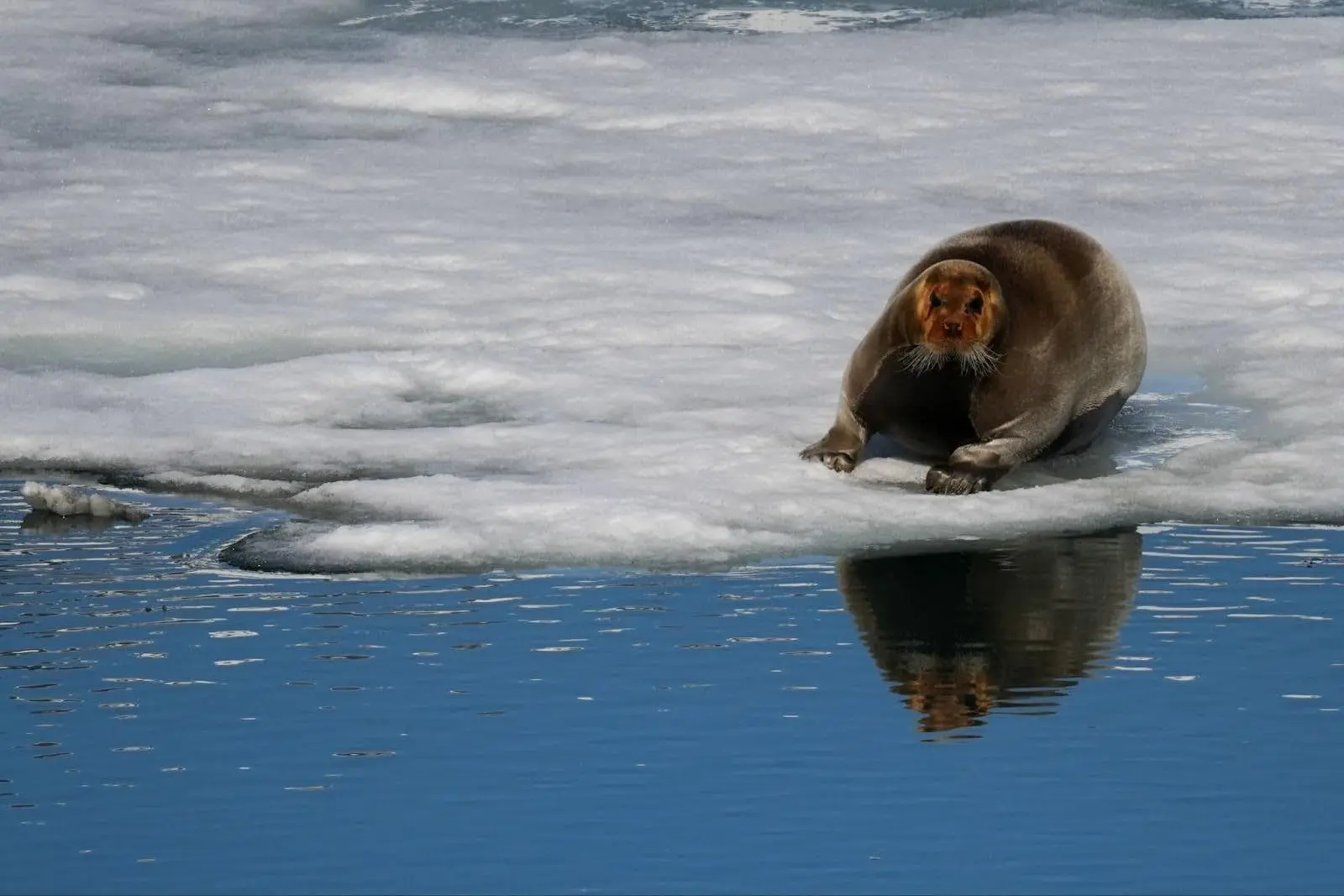
Photo credit: Maud De Hemptinne.
69°47.521'N – 19°14.462'E – Norwegian Fjords – July 13, 2024: Final Stop in the, Reflections and Results
With the final sampling done before arriving back, it's time to take stock!
We successfully carried out all the planned protocols and extensively used our sails. It was important to us to conduct high-quality scientific work in remote areas while keeping our carbon footprint low (all crew travels were done by train).
We have gathered a wealth of data, which will now be analyzed by our marine biologist partners. While our part was largely focused on technical sampling, we’re excited to see how our work contributes to a deeper understanding of how climate change is affecting the Arctic microbiome and its intricate food webs.
The PlanktoScope proved to be a reliable and invaluable ally, capturing high-quality images of plankton as soon as it emerged from the water, preserving sample integrity and operating almost autonomously even in challenging Arctic conditions.
We return with images on our memory cards and minds, memories of turbulent (and not-so-turbulent) sailing, and a renewed desire to explore the incredible world of planktonic life!
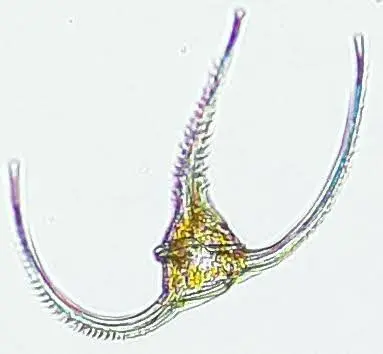
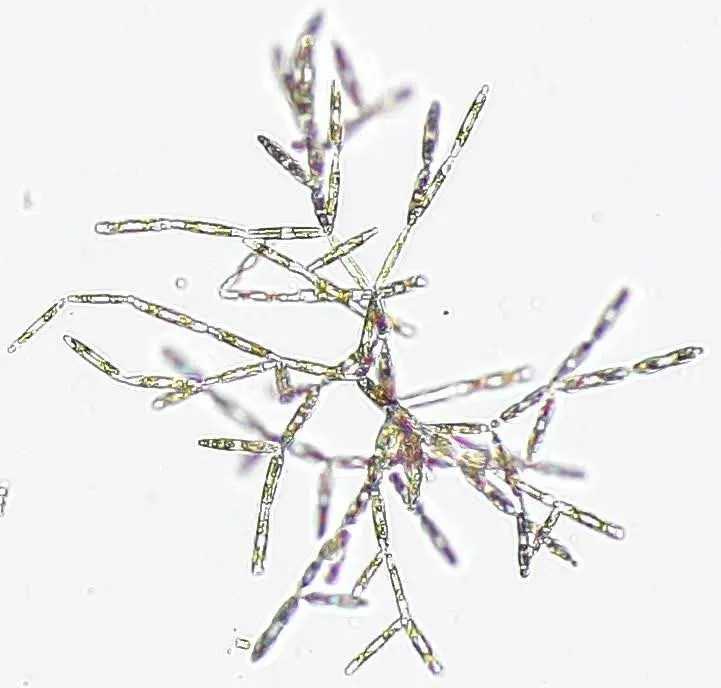
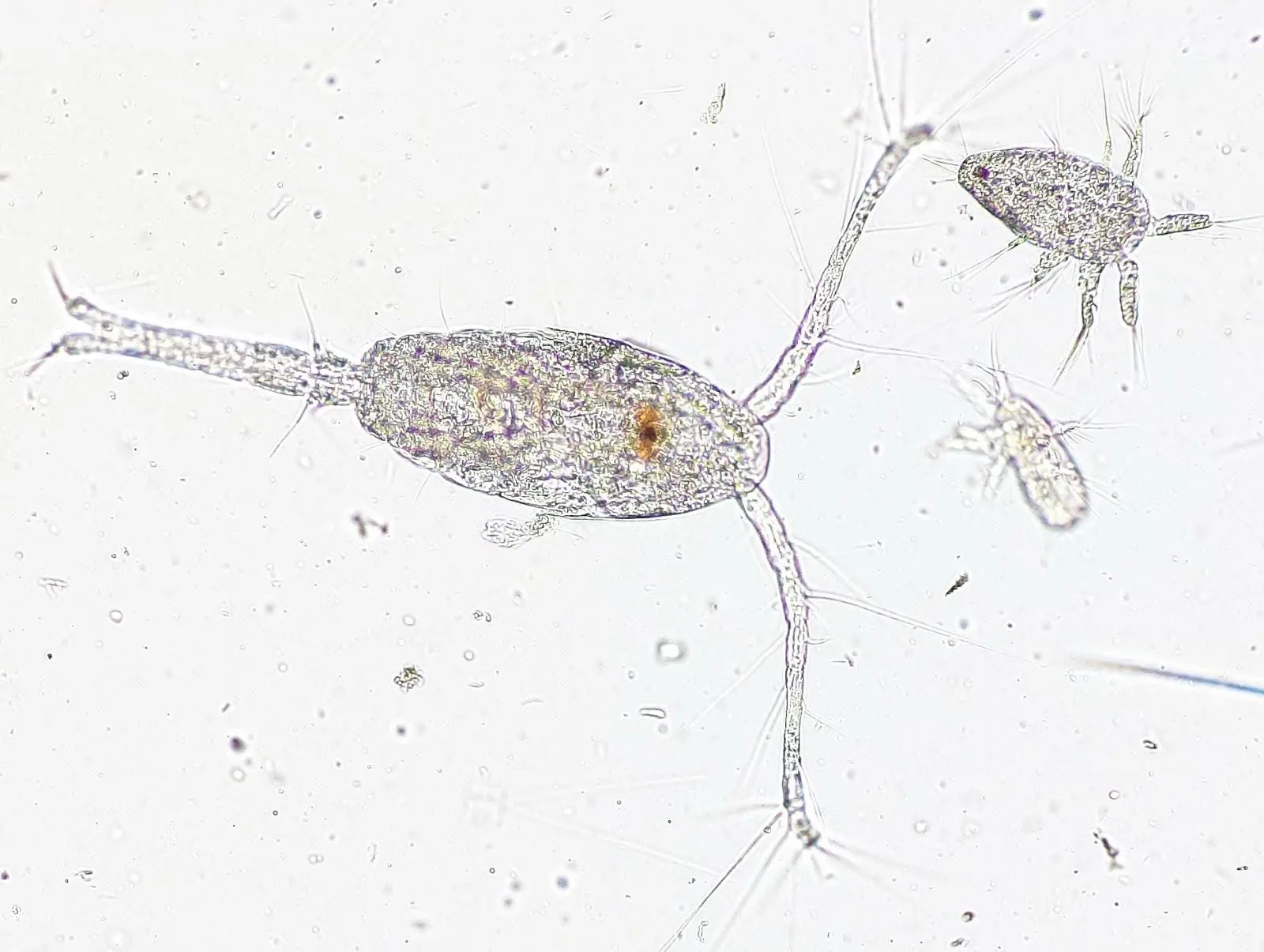
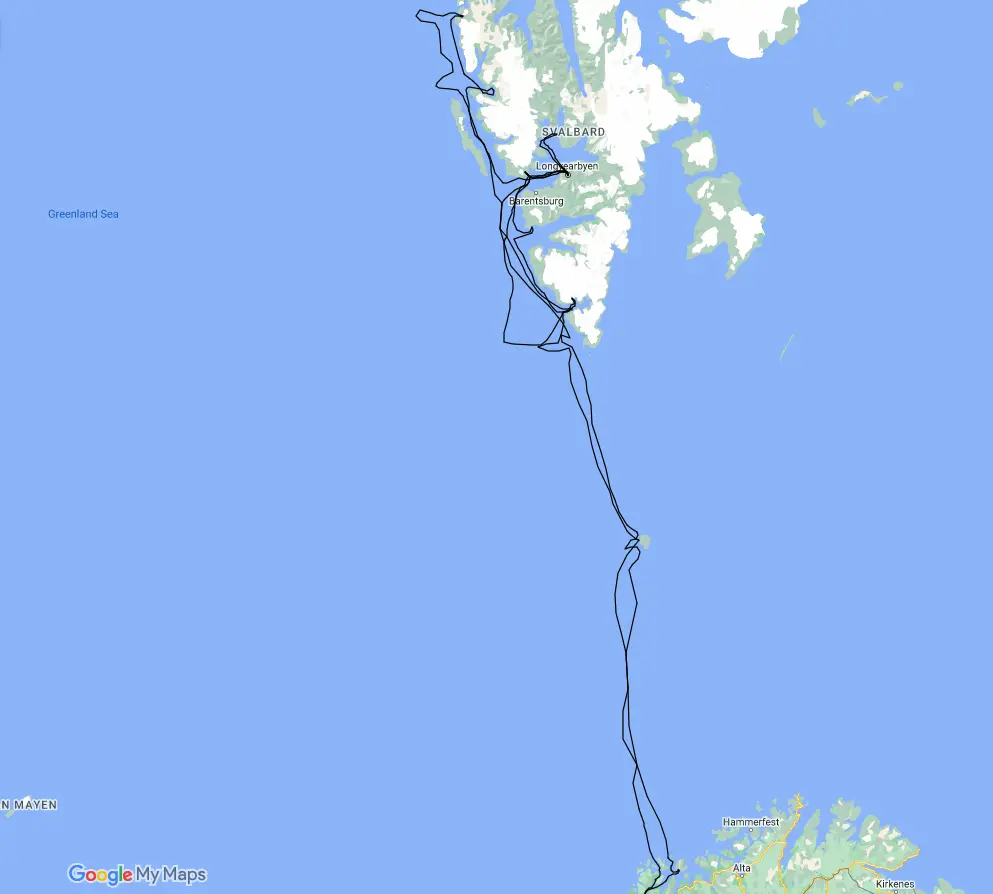
You can find all the images taken during the Arctic Prism expedition on EcoTaxa. They are available in the “Fairscope x Unu Mondo Expedition” and “P2_UnuMondo_ArcticPrism24” projects.
The study stations using the PlanktoScope began during the voyage between France and Norway and continued on the return trip with a detour through Greenland.
The Unu Mondo association, which organized the Arctic Prism campaign and owns the NorthAbout, is a French organization that highlights climate change issues and promotes a more sustainable future by sharing testimonials from scientists and local communities.
Photography Credit @Maud De Hemptinne
